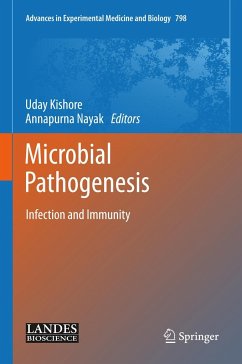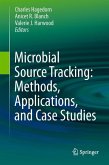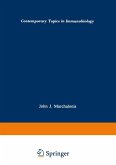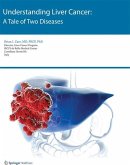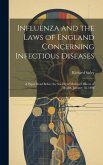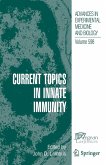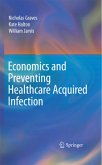The book starts with dissecting mechanisms underlying viral immune evasion via exploiting the host complement system by vaccinia virus, and by modulating the type 1 interferon response by RNA viruses. Yet another chapter looks into how viroporins expressed by different families of viruses causing influenza A virus, SARS, hepatitis C and HIV interact with several cellular pathways. Understanding of these mechanisms can aid the development of novel potential anti viral targets. The chapter on tuberculosis discusses the emerging importance of the innate immune mechanisms against Mycobacterium tuberculosis infection and latency. This book has a strong focus on fungal pathogenesis and immunity, starting with virulence and host factors that attain great importance in candidiasis and associated escape tricks of seriously opportunistic fungi. Two chapters on Aspergillus fumigatus elaborate on the pathogenic mechanisms: first discussing A. fumigatus airway epithelium interaction, followedby fungal and host factors that are paramount in the development of allergic and invasive aspergillosis. In the subsequent chapter, there is a general discussion on the innate and adaptive immune responses against primary and opportunistic fungal pathogens.

